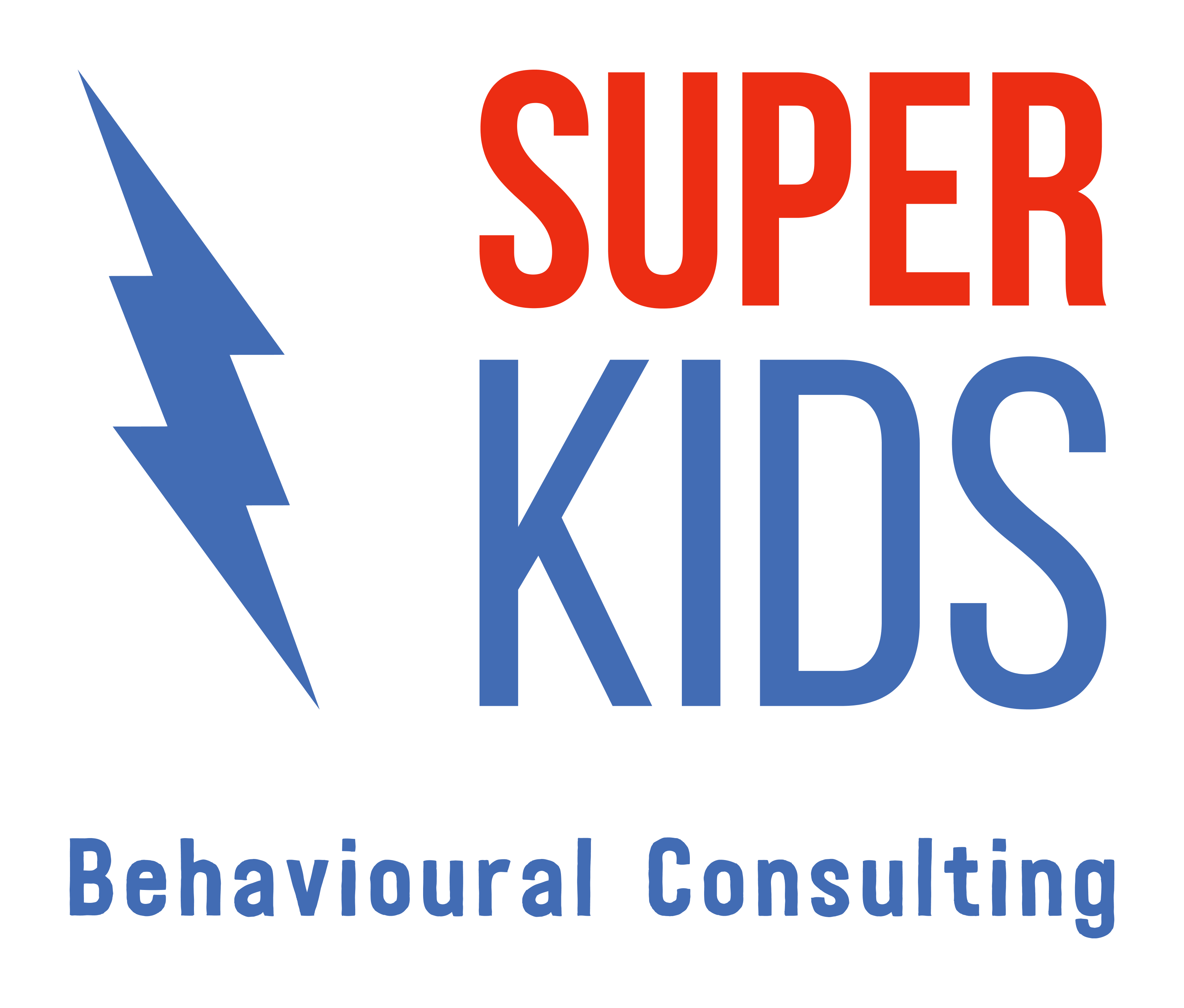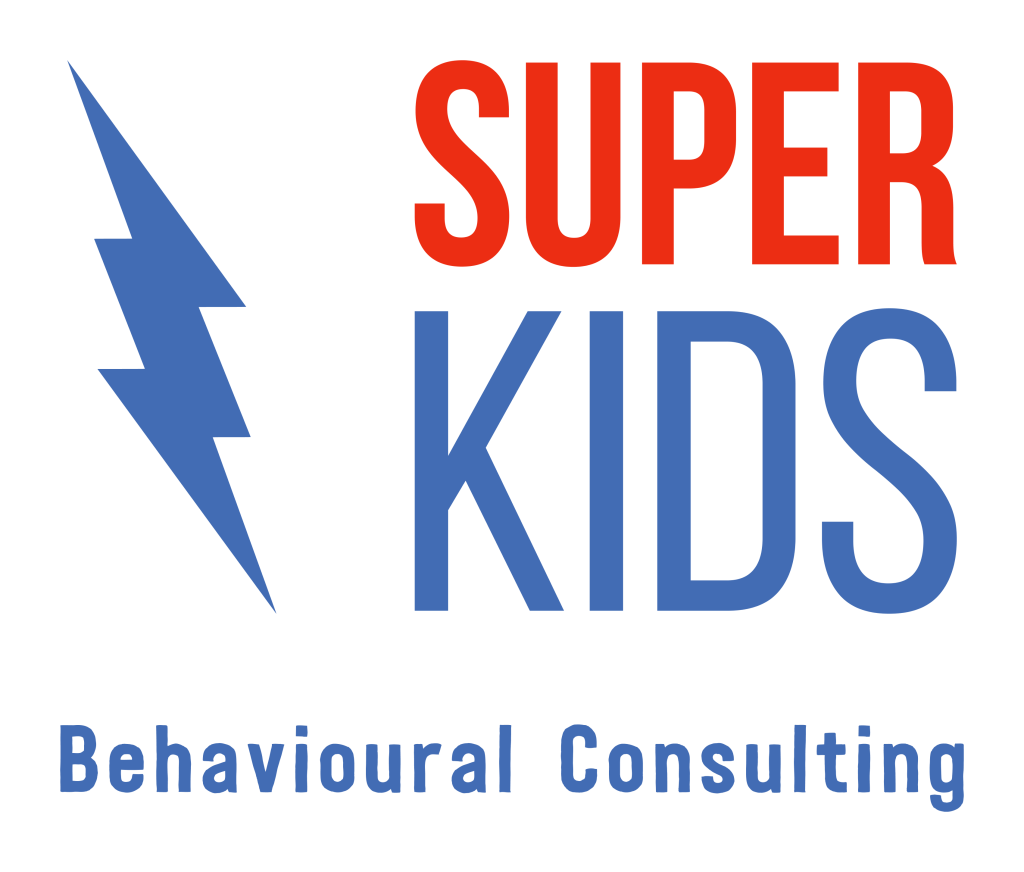Addressing Dangerous Behaviours in SBT/PFA: A Focus on Pica and Elopement

Renee Collins
Clinical Director

In the world of behaviour analysis, dangerous behaviours like pica and elopement present some of the most complex and emotionally charged challenges. For professionals using the Practical Functional Assessment (PFA) and Skills-Based Treatment (SBT) frameworks, understanding how to approach these behaviours with both safety and dignity is paramount. Dr Greg Hanley, a leading voice in contemporary behaviour analysis, offers a refreshing and highly ethical lens on how to manage these critical concerns.
Understanding the Risk of Dangerous Behaviours
Pica—ingesting non-food items—and elopement—unsupervised wandering or running away—are behaviours that can lead to serious harm. Historically, these behaviours have been managed using intensive interventions, including physical restraint or aversive procedures. However, Hanley challenges this default, reminding us that ‘the big people and the needles and the pads are not the solution and they’re probably not necessary for most kids.’
The PFA/SBT Perspective
In the context of SBT, dangerous behaviours are not addressed as isolated incidents but rather as indicators of unmet needs or emotionally unsafe contexts. Hanley explains that the process does not focus on the frequency or intensity alone. Instead, it identifies precursors and contextual variables, allowing intervention to begin before severe escalation. He stresses: ‘We don’t blame the home. We don’t blame parents. We own it and we look for the local controlling variables.’
Rethinking Elopement
When discussing elopement, Hanley is clear: don’t overreact, and don’t over-interpret. ‘Sometimes you just don’t need a behaviour intervention,’ he says. Instead of treating elopement as an R2 (precursor) or R1 (target behaviour) in every case, Hanley recommends monitoring it with a lighter touch. ‘We still might measure it like an R3 and just kind of keep it on a shelf,’ he notes. By not reinforcing or heavily focusing on the behaviour, practitioners reduce the risk of unintended consequences and instead focus on building a therapeutic alliance.
Handling Pica
Pica, while deeply concerning, is approached with the same values-first mindset. Hanley describes it as one of the two behaviours where kids tragically may die. Yet, even here, the solution isn’t forceful intervention. Instead, he urges clinicians to first create emotionally safe conditions. ‘Solve the other problems first,’ he advises, ‘and sometimes the rest just falls into place.’ The key is not to treat pica directly in isolation but to look for the broader behavioural context and build trust over time.
Practical Strategies for Clinicians
There are several clear, actionable recommendations for behaviour analysts:
- Don’t rush to classify dangerous behaviours as primary targets. Observe the full picture.
- Monitor elopement and pica without letting them derail the therapeutic process.
- Prioritise emotional safety and rapport before implementing complex procedures.
- Use video review and team reflection to understand context before making adjustments.
- When necessary, implement environmental management strategies, especially for elopement, such as home safety planning and collaboration with emergency services.
Main points to remember
In Hanley’s words, ‘Therapy isn’t always comfortable.’ But it should always be humane. When addressing dangerous behaviours like pica and elopement, the PFA/SBT model offers a framework that honours safety, dignity, and true clinical insight. By shifting from control to connection, behaviour analysts can support real, lasting change, even in the most challenging cases.
Super Kids acknowledges each individual’s personal preference to use identity-first or person-first language to describe themselves or their loved one. We interchangeably use both language conventions and therefore refer to both Autistic children and children with Autism.





